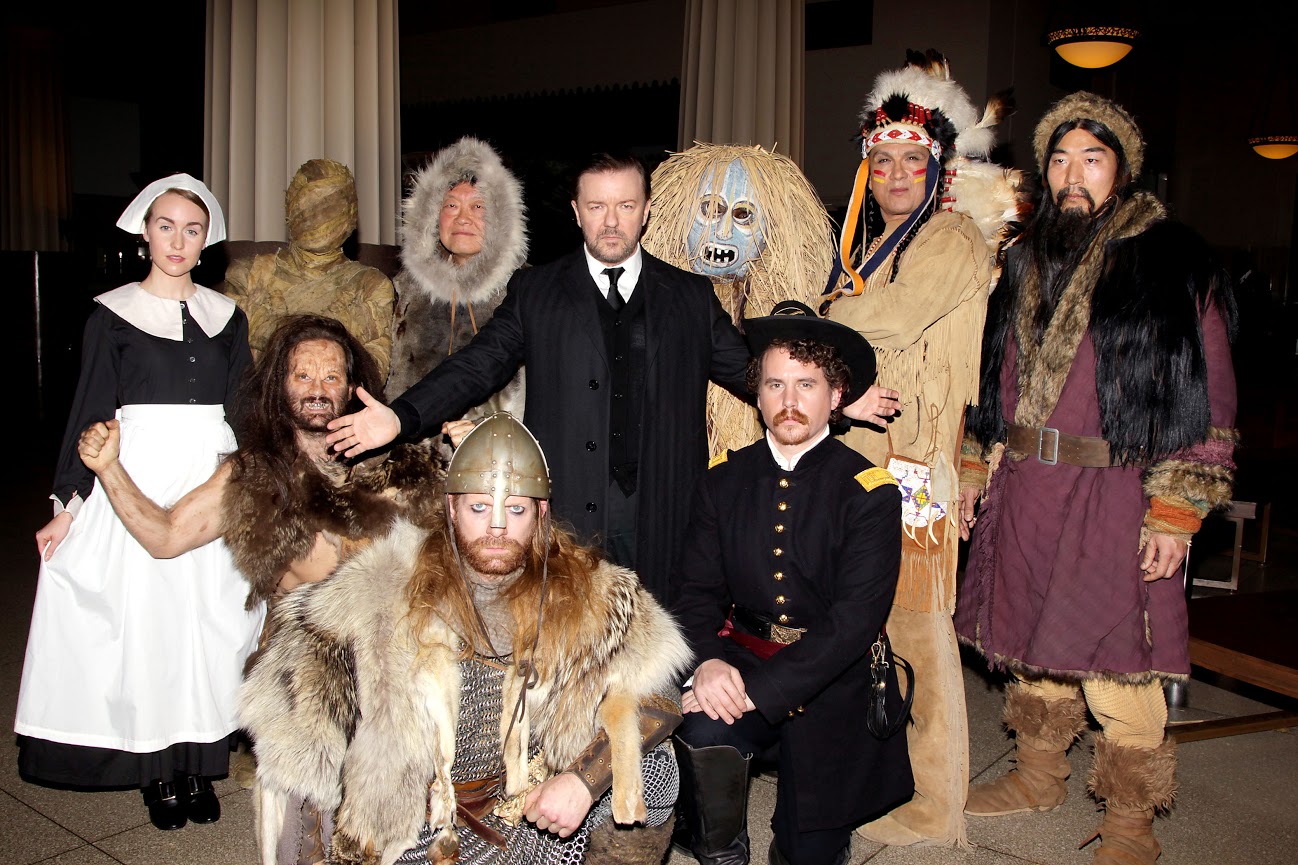by the El Reportero’s news services
Guillermo Navarro, one of the more illustrious directors of photography of Hollywood, which came to the meca of the cinema along with his big friend and namesake Guillermo del Toro, is behind the cameras in Night at the Museum: Secret of the Tomb.
It was him who decided the framings in the very respected Cronos, the first movie of the director, when it was already an experienced cinematograph that had been employed at some successes of the Mexican cinema like Head of Cow of Nicolás Echeverría, the movie that represented Mexico in the Oscar and was released commercially in the United States in April, 1992, The love to the turn of the corner and Die in the gulf, and a more extensive number of successful movies.
At the theaters in the U.S. starting on Dec. 19.
Dr. Atl, father of Mexican muralism, honored in Jalisco
The work of painter and writer Dr. Atl, considered the ideologue of Mexican Muralism and teacher of Diego Rivera, is the focus of the Cosmic Rotation exhibition in the western Mexican state of Jalisco, commemorating the 50th anniversary of his death.
Dr. Atl, whose real name was Gerardo Murillo Cornado (1875-1964), is considered of great importance to 20th-century Mexico, not only for his artistic work that includes both the plastic arts and literature, but also for his political and social influence, Carlos Ashida, curator of the exhibition that will remain open until next February, told Efe.
“He had a very particular ideological and philosophic position, and was among the first to make contact with the European avant-garde at the beginning of the century and knew how to adapt it to Mexico,” he said.
The exhibition, presented at the Cabañas Institute in Guadalajara, capital of Jalisco, is composed of paintings, drawings, photos and documents from such Mexican organizations as the National Institute of Fine Arts, the Tlatelolco Cultural Center and the Alfredo Zalce Museum of Contemporary Art, as well as from private collections.
In 1897 on an ocean liner to Europe he changed his name to “Atl,” which in the Nahuatl language means water, and some time later his Argentine poet friend Leopoldo Lugones added the “Dr.,” justified by the Mexican’s doctor of philosophy degree.
In Europe he studied such eminences of thought and literature as Marxism theoretician Antonio Labriola, sociologist Emile Durkheim, and Henri Bergson, Nobel Prize for Literature in 1927.
Winner of a silver medal at the 1900 Exposition Universelle in Paris for a self-portrait, he was deeply influenced by the great artists of Fauvism and Impressionism.
He said that this trend was not born of the Mexican Revolution, but had as its antecedents the mural that Dr. Atl painted in the auditorium of the National Preparatory School as well as the great exposition of 1910.
For the latter occasion, Murillo called on the young artists to counteract the exhibition that then-President Porfirio Diaz had organized with Spanish painters to commemorate the centenary of Mexican independence.
His curiosity led him to create “Atl colors,” a mixture of resin, wax and oil, and the aerial landscape, which consisted of capturing the image of a place from above.
It also led him to conceive what he called “Olinka” (a Nahuatl term for the place movement is created), a Utopia where artists, scientists, poets and philosophers from around the world would come together to plan human evolution, a project that never came into being.
A faithful believer in revolution, his work is little known outside of Mexico due to “certain mistakes,” such as declaring himself a fascist and publicly supporting Adolf Hitler.
“Some people will never forgive him, though his work has the stature of the great ones,” Ashida said.



